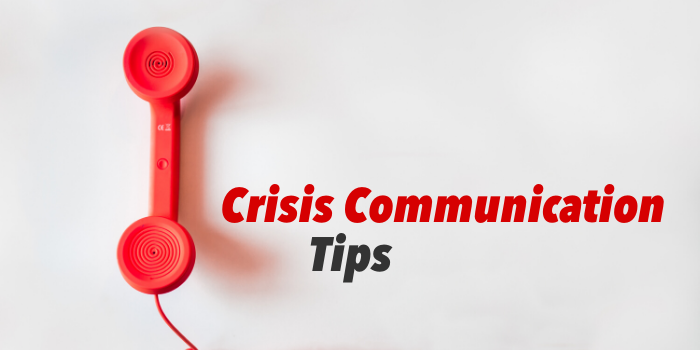Over the past few weeks, many board members may be feeling like they have taken over the role of a crisis communications professional. What should you do with the overwhelming flood of information that changes sometimes several times a day? And, how do you figure out what you should communicate to homeowners, and when?
To assist board members in communicating effectively with their homeowners, we’re going to go over several crisis communications tips, along with advice from Mae Escobar, one of San Antonio’s public relations experts and CEO of aMAEzing Marketing Group.
Stay informed
With a situation that is constantly changing, it can be quite challenging to stay on top of news about COVID-19 and figure out what information should be shared with homeowners.
While there is no secret, instant fix that will save you from reviewing the many pages of text available online, it usually helps to remember that news stories usually state the most important information in the first paragraph. Additionally, ensuring that you only pay attention to trusted news sources, such as your state’s health services department, the Centers for Disease Control and Prevention, and the World Health Organization, can save you from sifting through hours’ worth of misinformation from less reliable sources.
Be transparent
During a crisis, it is especially important that the board remain as transparent as possible with homeowners. Be direct and honest about how the HOA is being impacted, and ensure that everything the board communicates to homeowners is true and objective.
“People need to feel like they have a voice and are being listened to,” Escobar said.
A lack of communication about the COVID-19 outbreak, or unclear, wordy messages, may leave homeowners feeling like the HOA is hiding something. Because the board can only communicate news after it becomes available, Escobar also suggests starting messages with a disclaimer that explains that the HOA is being fully transparent and will provide new information as it is received.
Be concise
Homeowners, like board members, will be bombarded with information. The more you can isolate key ideas and present them in short, precise sentences and paragraphs, the easier it will be for homeowners to digest the information.
When planning what to say to homeowners, identify what information directly impacts your homeowners, and what they, or the HOA, will need to do to respond to any changes or updates in the situation.
Keep communications timely
Being concise is especially important during a long-term crisis because it is crucial that new information be delivered to homeowners as quickly as possible without overwhelming them.
Mae Escobar suggests a weekly update, but the board may also communicate two or three times a week when necessary.
“Homeowners need to know that the board cares about their community, their home, and their family,” Escobar said, “And, communication doesn’t always have to be serious. Make some of it light-hearted and interactive—what are people doing to stay busy? Are there any recipes homeowners want to share?” In their weekly updates, board members can request craft, activity, and recipe submissions from homeowners to include in the next eblast.
Anticipating homeowner concerns and communicating new information as is comes in shows homeowners how hard your board is working to take care of the association. Bring your community together through digital communication during a time where we must practice social distancing.
Use templates
To keep the influx of information organized, Escobar suggested using a standard communications template.
“You could have a section for important news, updates, community sharing, and other tidbits,” she said.
Separating information into sections using bold or italic headers can help homeowners find the information they are looking for and prevent them from missing crucial information that’s been hidden in the middle of a long paragraph—such as a broken gate or canceled garbage collection day. As a rule of thumb, include the most important sections at the top of the communication.
Choose a spokesperson
If different board members each send different, or even conflicting, messages to homeowners, the community will become confused and could become mistrustful of the HOA.
To prevent this from happening, someone needs to act as the HOA’s “editor-in-chief,” as Escobar put it, to ensure communication is consistent and accurate before it is sent to homeowners.
How would this work? All board members should send their stories and messages to a spokesperson to put together and send out to the community, whether that spokesperson is the communications committee president, the secretary, or the board president. Your community manager can also be helpful in vetting and preparing neighborhood communications.
All in all, when communicating during a crisis, it’s important to maintain a sense of community through the social distancing as we work to slow the COVID-19 outbreak. Ensure homeowners have the information they need to protect themselves and their families, and keep the dialog between neighbors alive.







